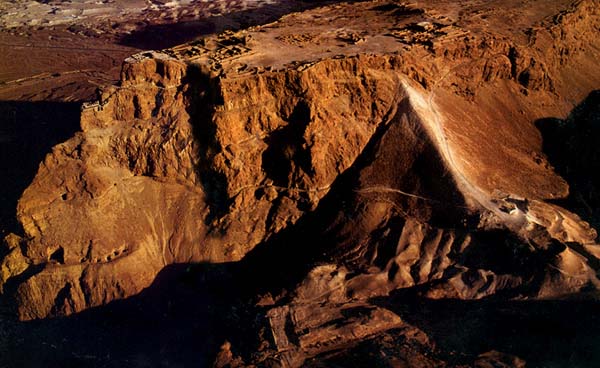It’s a Natural: Masada Ramp Was Not a Roman Engineering Miracle

Hollywood could not have scripted it better: A band of 967 Jewish rebels retreats to a desert mountaintop fortress following the destruction of Jerusalem by the Romans in 70 A.D. Two years later the Roman army sets out to quell this last vestige of the Great Jewish Revolt. Finally, in a massive construction effort, the Romans build a large assault ramp, wheel a battering ram to the top of the mount and destroy the fortress’s defenses.
But when the Roman soldiers burst through, they were met neither by fierce resistance nor by meek surrender—they were met by silence. On the previous night, the leader of the rebels, Eleazar Ben Yair, had gathered his followers and made a passionate plea that they not allow themselves to become enslaved. Heeding Ben Yair’s call, the rebels cast lots and chose ten men to kill all the others; these ten then cast lots to pick one who would kill the other nine and then kill himself. The Romans captured the fortress, but they captured none of the rebels alive. The only survivors were two women and five children who hid themselves to escape the collective suicide and later related the events to the conquerors.
This is the stirring story of Masada. For nearly 2,000 years, we have known this tale of bravery and defiance from the writings of Josephus Flavius, the first-century A.D. Jewish historian who himself led a rebel force during the Great Jewish Revolt but who was captured and later moved to Rome and composed a history of the war.
Already a library member? Log in here.
Institution user? Log in with your IP address.

